Get ready, because what I’m about to say is… well, it’s depressing:
You’re probably pricing your product or services wrong.
I know this because most people don’t take a scientific approach to pricing their products. Most people don’t validate their pricing. In fact, when it comes to choosing a price, most of us fall into one of these three buckets:
-
You ran with the first price that popped into your head. No testing, no gathering feedback, nothing.
-
You spent hours, days, or even weeks agonizing over the perfect price, yet you still have that gut-wrenching fear in the pit of your stomach that it might just be a little too high and nobody will buy.
-
You asked your friends and family what they thought and mistakenly trusted their opinions. But think about it: If your friend asked you to support her granola business and fork over $20 for a bag of gluten-free, whole grain, vegan Muesli… you’re gonna say yes because you want to support her. Even if you hate granola. And even if you know that granola is worth $5 tops.
Instead of throwing spaghetti at the wall and seeing what sticks, you should be approaching the art of pricing your product strategically and systematically.
After all, you’ve worked hard on your product. You need to sell it at a price you deserve… without ripping anyone off.
So this guide will transform you into a pricing guru, walking you through everything you need to know to reverse-engineer the perfect price with some (ethical) psychology hacks to get your prospects feeling less uptight about coughing up the dough and more excited to become your loyal customers.
And if you want to save time and feel completely confident about the price you end up at, grab this FREE pricing plan swipe file:
Click here to get your FREE swipe file.
Marketing Pricing Strategy #1: Reverse-Engineer The Perfect Price with the Perceived Value Test
Remember the part where I called your friends and family liars? That wasn’t a personal vendetta.
Turns out, we humans don’t even know ourselves well enough to predict how we’re going to act until the time comes for us to do so. How we think we’ll act and how we actually act are two different things.
Even when it comes to critical decisions like who to vote for, Dr. Rob Balon reveals that:
“Voters really have no idea for whom they will vote…until the drapes of the voting booth close. Consumers can demonstrate similar patterns regarding pricing research.”
What does this mean for you and I?
-
Ignore what people say they’ll do. None of that matters till they whip out their credit cards and the cold-hard cash hits your bank account.
-
That’s why polling your customers for feedback is useful sometimes. But when you want to find out how they plan to act in the future, there’s only one solution: put ‘em under a microscope, sit back, and watch what happens.
You can do this with the perceived value test – a scientific formula to decipher what your audience thinks your product is worth based on what they do rather than say, giving you an unbiased opinion of what people really think your product or service is worth.
To do this, you’re going to run a test using your audience as your “test subjects”, carefully examining how they behave.
The “Perceived Value Test” is an A/B test with a fancy name. You’re going to A/B test your sales page by sending 50% of your traffic to Sales Page A and 50% to Sales Page B.
Get this free swipe file to eliminate the guesswork and make running a perceived value test easy-peasy:
Click here to get your FREE swipe file.
The only difference between your two sales pages is this: on Sales Page B, above your price, cross out a price that’s at least double your actual price.

If you’re on WordPress, the easiest way to run this test is by using the Pretty Link Plugin.
This plugin’s Target URL Rotations feature allows you to quickly set up an A/B test that sends half the people who click your link to Sales Page A, and the other half to Sales Page B.
Log into your WordPress Admin Dashboard and pull up the Pretty Link Pro Plugin.
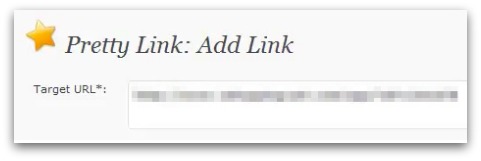
Click on “Pro Link Options” and find the “Target URL Rotations” section.
From there, paste in your URLs to Sales Page A and Sales Page B, set the weight for each link to 50%, and you’re all set.
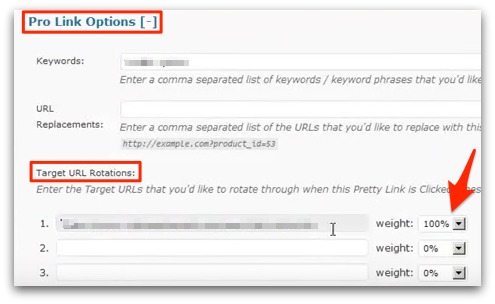
Once you save your settings and grab your pretty link, 50% of your link-clickers will land on Sales Page A, and the other half on Sales Page B.
Before you get started though, this bears repeating: you are NOT actually selling your product for 2 different prices. That’s a huge no-no.
Charging different customers different prices for the same exact product is called
“dynamic pricing” and while it might sound intriguing, don’t do it. It’s shady.
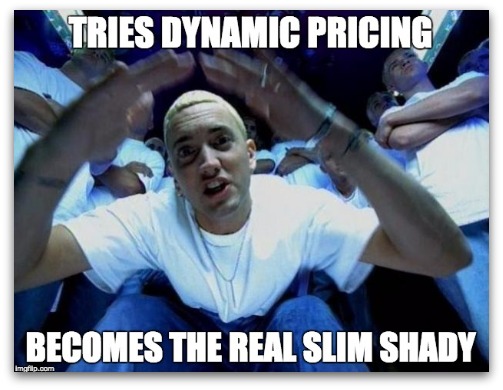
Even if you’re starting from scratch, you can still score by running a perceived value test. Just be sure to run the test for at least 100 sales to get accurate results. The more the better.
Once your test is up, it’s time to analyze your results and see how much cash you’re leaving on the table (so you can treat yo’ self to some Ray Bans and high-end FroYo).
-
If sales page B (with the crossed out, doubled-price) loses, or performs almost the same as sales page A (a 1-5% difference from page A) — you know your customers aren’t seeing your “discounted” price as enough of a deal to warrant you doubling your prices. Sad day. Leave it as-is.
-
If sales page B wins, people are seeing your reduced price as a fantastic deal that’s way too good to pass up, so you can double your price and give yourself a pat on the back.
And by pat on the back, I mean:

If the results are big enough, you can even iterate and try another perceived value test with your new price as a baseline!
As with any new change to your biz, this is not a “set it and forget it” solution. You need to carefully monitor your sales right after you switch over to your new price.
Watch out for any trends you notice, and the closer the results are between Sales Page A and Sales Page B, the more carefully you need to keep watch.
Don’t forget: at the end of the day, with your new, doubled price, you can sell half the volume and STILL break even.
So, what’s next?
Marketing Pricing Strategy #2: An Easy Trick That Works Like a “Charm”
You’ve seen it everywhere, but odds are you didn’t know what it’s called.
Ending your price with a 9 or a 5 is called “Charm Pricing”, and it’s an easy little trick you can implement right away (if you’re not using it already).
Knock off a cent from your $40 price, and you’ve got a $39.99 product.
So what’s the deal with charm pricing?
On the surface, this doesn’t seem like it should matter. We all know it’s only a penny less (you’re not pulling the wool over anyone’s eyes). So it shouldn’t make a difference…right?
Wrong.
Psychologically, this pricing hack is super effective at reducing the perceived cost of your product.
Why?
Because of the way our brains pick up numbers. Your brain establishes the magnitude of the number the instant you see the left-most digit.
And yes, I said “left-most”.
If you want to cash in on this psychological pricing hack, a change from $49.90 to $49.89 isn’t going to do it.
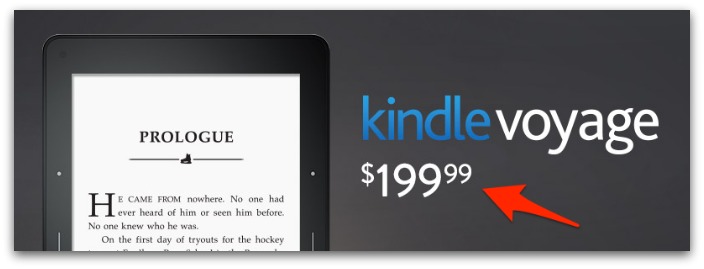
Ready to put this simple psychology hack into action? Reduce that $100 price tag down to $99.99 and watch those prospects convert!
Marketing Pricing Strategy #3: Treating Yo’Self? Ditch The 9s
Surprise!
I know I just told you to swap out the zeros with 9’s and 5’s… but like most things in the business world, this all comes comes with a huge caveat.
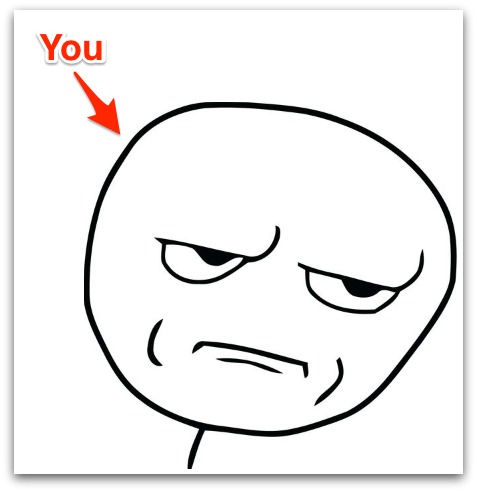
Turns out the best pricing strategy to use depends on the emotional state your prospect is in at the time of purchase.
Business decisions like whether or not to copywriter or whether to invest in a marketing course are classified as “rational purchases” – they’re logical.
On the other hand, “feel-good” purchases like buying a pair of designer jeans, a luxury handbag, or even a box fancy chocolates are emotional decisions. We’re not evaluating them with the same scrutiny as a business decision, so we end up acting on what feels good.
For emotional purchases, using a little trick called “Prestige Pricing” can help boost up your sales dramatically. Because your brain processes round numbers (those ending in zeros) more easily, rounded prices encourage reliance on your emotions when deciding whether or not to buy.

Armed with this knowledge, you need to ask yourself which type of purchase this is for your customer, and pick the pricing strategy that makes the most sense:
-
Is your brand associated with luxury? Is your prospect likely to be making an emotional purchase? If so, use Prestige Pricing to make the price “feel…right.”
-
If your product relates to a business decision or your customer is likely to base their decision on what they see as the most logical outcome for them, stick with Charm Pricing.
And if you’re not sure?
Your safest bet is always to test it, rather than relying on intuition alone– just be sure you avoid these common A/B testing mistakes.
Marketing Pricing Strategy #4: Keep the Cost of Shipping and Handling Separate
I know, I know.
Everyone loves free stuff.
Sometimes even the word “FREE” is enough to get you all giggly and excited.
But according to research the results are undeniable: a more expensive Charizard Pokemon card bundled with free shipping made fewer sales than a cheaper Charizard card that had an additional shipping cost tacked on… even when the total prices were equal.

Why? Your brain picks up its perceived value of the price almost instantly, and from then on, your customer’s mind is anchored to a lower price.
Plus, it’s easier to create a mental image of something tangible (like an iPhone) rather than a vague concept (shipping and handling).
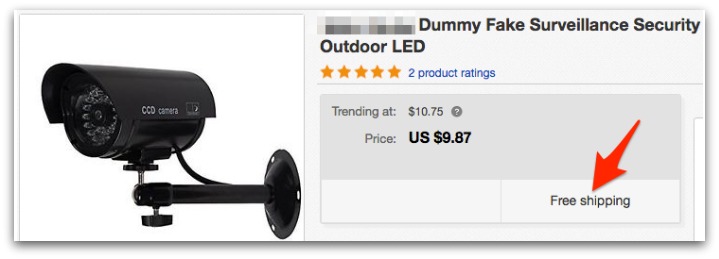
Sumo makes it easy to collect emails and offer free shipping by using a Smart Bar, Scroll Box, or List Builder popup and setting the success redirect URL to the coupon code or special offer page.
Navigate to the “Behavior” tab within any of these Sumo apps and paste your URL into the “Subscribe Redirect URL” field to automatically redirect your users once they opt-in.

Marketing Pricing Strategy #5: Break ‘Em Down Into Bite-Sized Chunks
When you’re offering higher ticket items and services, giving your customers the option to make payments and installments can make a huge difference.
This is price anchoring at its finest.
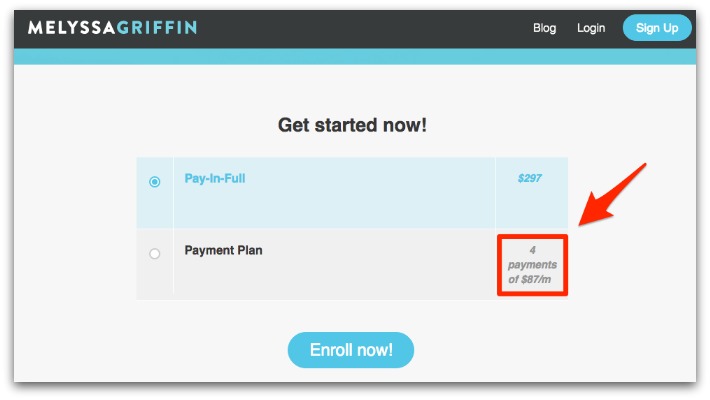
Not only does a payment plan give your fans who are on a budget the flexibility to buy your product, but the smaller price of $87 can act as a “reference price”, meaning your customers will subconsciously refer to the lower price when evaluating whether they want to buy.
While it’s not a hard and fast rule, giving your customers the option to pay all at once or make smaller payments reduces barriers on high-ticket items and gives them choice.
And once you realize you’re saving over $50 by paying-in-full, you’re way more likely to take advantage of the sweet deal.
Marketing Pricing Strategy #6: If Coffee is Cheaper… Say It
Ever heard the phrase “Less than the price of a cup of coffee per day”?
It seems to be the key phrase for car companies in commercials. And it sounds lame, but don’t be fooled — this is marketing psychology at its finest.
Mentioning the daily or monthly equivalence of your product or service is another great way to anchor your product or service to a lower price point.
Sumo’s pricing tiers are broken down into the monthly cost, even though you’re paying for a year upfront.
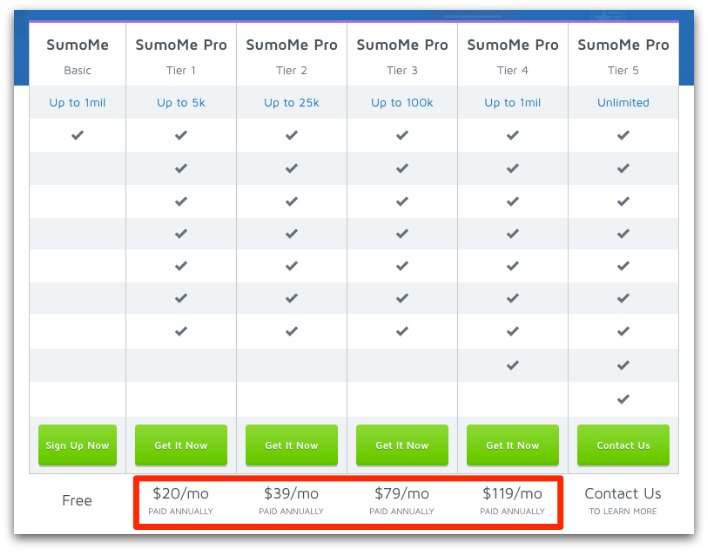
If you’re still on the free plan, upgrading can seem a little daunting at first. But once you realize Pro is less than the price of a cup of coffee per day, you’re way more likely to upgrade and join the Sumo-party.
Speaking of which, if you haven’t yet, upgrade to Sumo Pro here — for less than your daily Starbucks run
Marketing Pricing Strategy #7: Put your Price Next to a Higher Number (Even if it’s Not a Price)
Brace yourself.
Things are about to get a little weird.
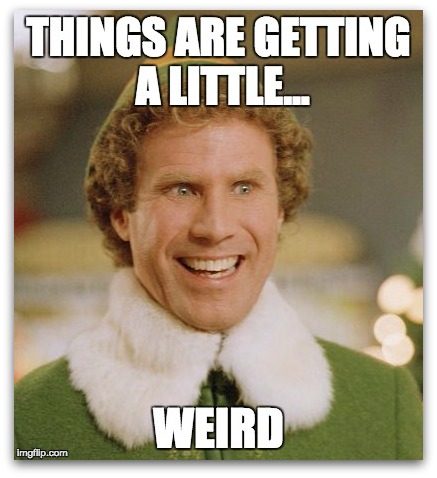
We all know when you’re negotiating with someone, you want to start at a higher price than your target price, so as you negotiate you can “meet in the middle” at the price you want to end up at.
But did you know exposing people to a higher price on your sales page, even if it’s a completely different product works too?
Let me repeat that: exposing your customers to a higher priced (and completely different) product, makes them more likely to buy your cheaper product.
Cool, right?
But wait: it gets better.
Exposing people to larger numbers, even if the number is not a price, works too.
Yes, really.
That means you could expose your visitors to the total number of customers you’ve had next to your price, and watch your sales spike. Or the total number of products you’ve sold this week.
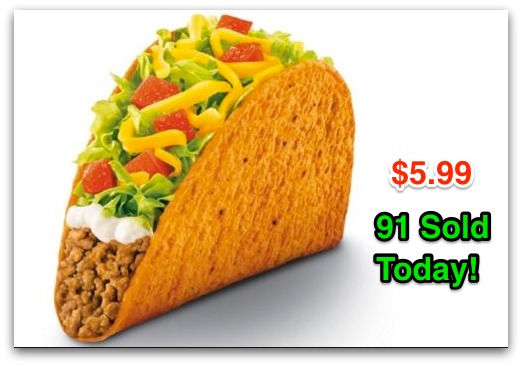
Psychological anchoring all happens subconsciously in the blink of an eye, so you don’t need to worry about the numbers being totally unrelated. Exposing people to any bigger number than your price will make buying seem way more palatable.
Marketing Pricing Strategy #8: Make Those Numbers POP
When it come to pricing, psychology is kind of a big deal.
Even when it comes down to the little things.
I mean reallllly little. Like even the font you use.
Whenever you’re making a price comparison on your site and you’re listing 2 prices side-by-side, visually distinguishing the two prices can help drive conversions.
You already know that simply placing a higher number next to a lower one makes the cheaper price more appealing. But it turns out there’s a psychology hack you can use to take it all one step further.
Increasing the font size, choosing a different font color, or picking a different font all together sparks a subconscious trigger that’ll make prospects more likely to buy the cheaper item.
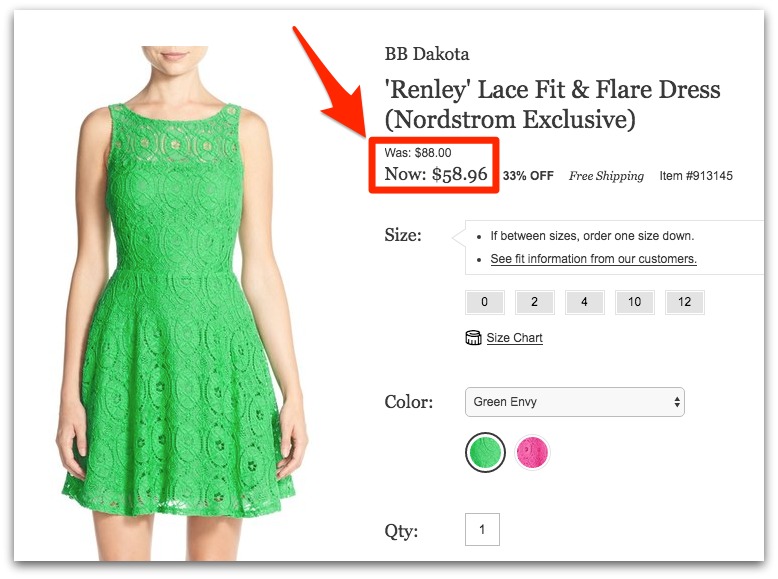
Whether it’s the current price v. the “actual value”, your own price v. a competitor’s price, or simply your original price v. your sale price, visually distinguishing the two prices will help your offer convert like gangbusters.
Marketing Pricing Strategy #9: Offering a Discount? Use the Rule of 100
They’re not for everyone, but depending on which line of business you’re in, you might offer occasional discounts to your customers to drum up your sales, spike your opt-ins and sign-ups, or provide your most loyal customers an incentive to… become even more loyal.
And even if you’re not one to give a discount, you can still use this simple psychological strategy to bundle up your products and services and make your customers FEEL like they’re getting a deal.
It’s called the Rule of 100.
Play a little game with me:
Would you rather get 2$ off a 5$ product… or $450 off a $1,127 purchase?
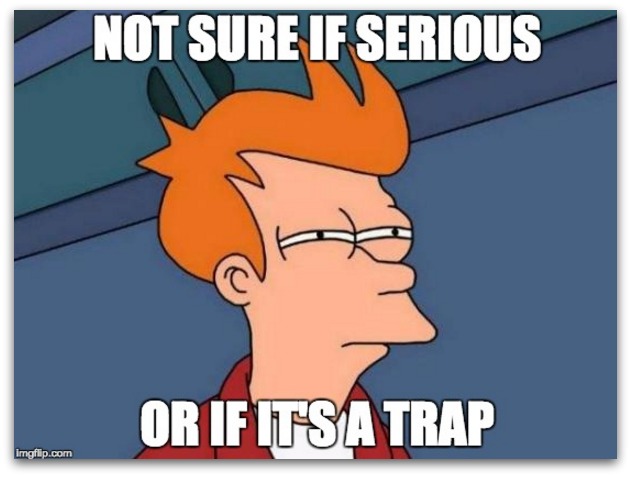
I don’t know about you, but I’d pick option B (2$ feels tiny next to $450).
But wait: both are 40% off the original price.
So, how do we use ninja psychology tricks to make 2$ off our 5$ product feel just as awesome as $450 off our $1,127 product?
The Rule of 100! It’s a fantastic psychological hack to maximize the perceived magnitude of your discount, no matter what the discount is.
Here’s how to use it:
-
Is your price less than $100? If it is, convey your discount in terms of a percentage. 40% off is way more eye-catching than 2$ off, and it feels like you’re saving more.
-
Is your price over $100? Use the dollar amount — it’ll always be larger in magnitude than a percentage could ever be (I know math).
And if your product is exactly $100…?
Busted.
Unless you’re selling designer jeans or luxury-brand handbags, it’s time for you to hop back up to the section on charm pricing.
Go Forth and Profit with These Pricing Strategies
I've just given you 9 of the best pricing strategies available – and backed them all up by research, psychology, and tests. After all, you worked hard on your product. You deserve to land on a price that you feel good about.
So now you can leave the guesswork to the amateurs and start trying them out.
But before you choose a price, I wanted to give you some help. So I created a FREE swipe file for you so you can help find the best price for your product or service.









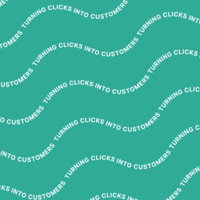

Add A Comment
VIEW THE COMMENTS